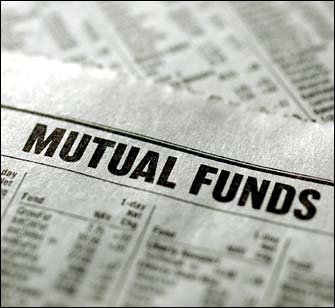How to Choose a Mutual Fund to Invest

Are you planning to invest in a mutual fund, but not sure how to get the best deal for your money because you are new to this field?
Most new investors who want to invest in stocks and bonds are concerned about risks, and costs and rewards. Mutual funds act as a good tool to help minimize all sorts of risks that a newbie can face. Usually run by investment/fund companies, mutual funds typically invest in multiple stocks and bond markets, which allows investor to minimize the risks and increase the chances of good profits.
Instructions
-
1
Determine your financial goals first. You cannot just decide on the spur of the moment and invest money in mutual funds without determining your goals and needs. You have to decide whether you want to invest for long-term gains or short term gains. You may be a student who wants to save up for college or university expenses. So in that case you cannot go for long terms capital gains. On the other hand, you may want to invest for your post-work life or retirement. In order to achieve long term goals, you should go for bonds. Ask your fund manager to make a portfolio that includes long term investment (bonds actually). As for short term gains, you can choose money market funds.
-
2
Decide what option will be best for you, stock or bond? You should know that some mutual funds invest heavily in stocks, some in bonds and some in both. It is up to you to decide what kind of mutual fund you should go for.
-
3
Look for funds that offer dividend. Not all mutual funds offer dividend as they may invest in weaker stocks and it is hard for them to give you dividends at the start. But, if you do your research, you can find several mutual funds that offer better dividend yield.
-
4
Consider fees and charges. You will be surprised to see how different mutual funds differ in fees and charges. There are many known and hidden charges that you can avoid, but you should first know how and under what names these companies charge fees. The main fees include front-end and back-end load fee. Be sure that the charges both fee packages demand may be as high as 8% to 8.5%. Besides this, you can also find many funds packages that take 3% to 6%.
In order to avoid paying fees like front-end load and back-end load, insist on a no-load fund. However, no-load funds often carry administration fees.







